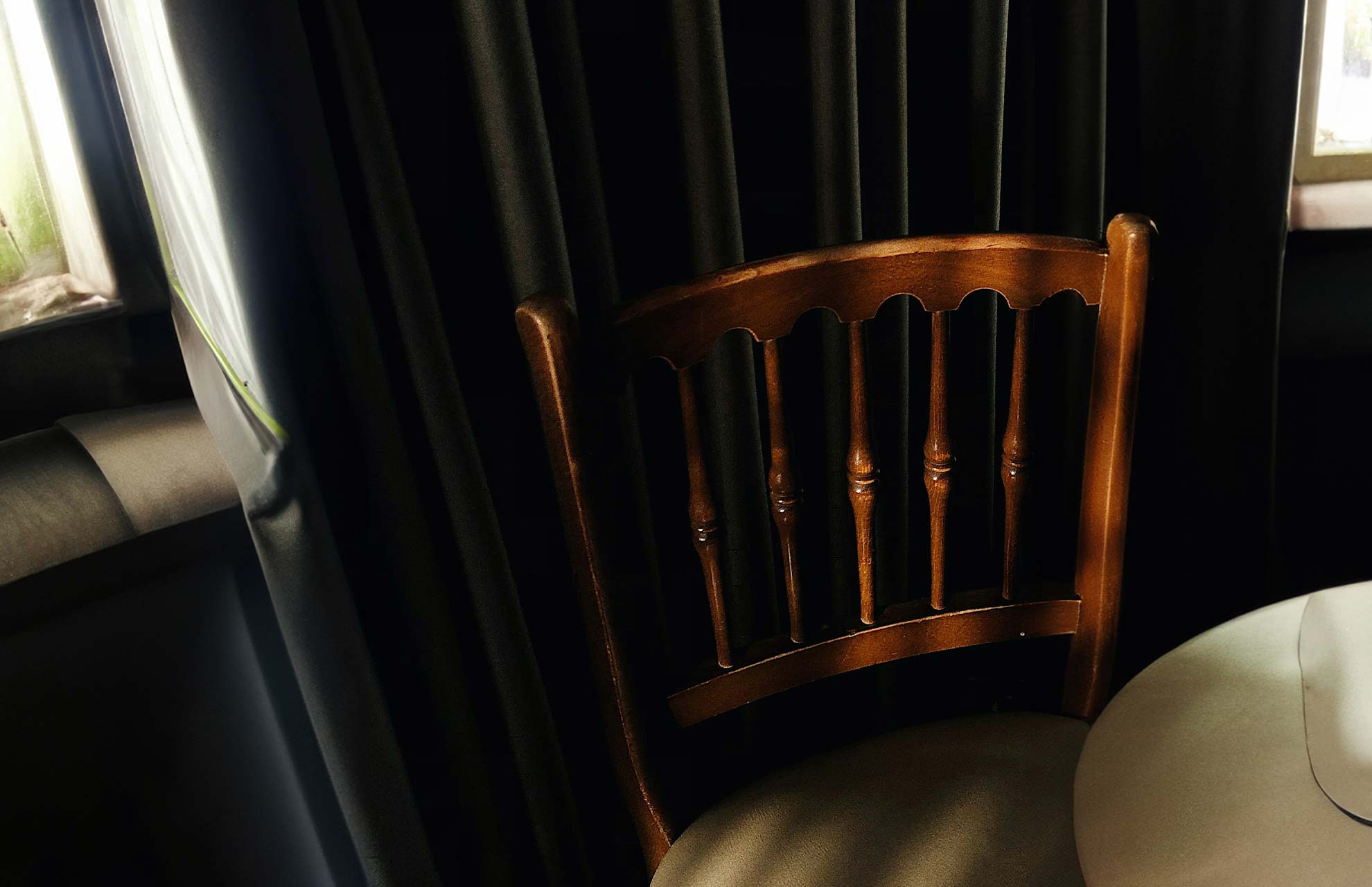Sustainable Eco Homes with Innovative Design
Sustainable eco homes are at the forefront of innovative design, merging environmental consciousness with modern living. These homes are built with the goal of minimizing environmental impact through energy efficiency, sustainable materials, and a close relationship with the natural surroundings. By incorporating advanced technologies and thoughtful design principles, eco homes not only support a sustainable lifestyle but also offer unique, healthy living spaces.
Principles of Sustainable Home Design
The foundation of eco home design lies in sustainability and efficiency. This involves the strategic use of natural resources, such as solar energy and rainwater harvesting, and the selection of renewable, non-toxic materials for construction and interiors. The design also focuses on reducing energy consumption through insulation, natural ventilation, and efficient heating and cooling systems.
Innovative Materials and Construction
Advancements in technology have introduced a range of sustainable materials that are both eco-friendly and durable. Recycled steel, bamboo, reclaimed wood, and green insulation materials are commonly used in eco homes. These materials not only reduce the carbon footprint but also enhance the home’s aesthetic and structural integrity.
Renewable Energy Integration
Renewable energy sources, such as solar panels and wind turbines, are integral to eco home designs. These systems provide clean, renewable energy, significantly reducing reliance on fossil fuels and lowering energy costs. Innovative designs often include smart energy management systems to optimize energy usage and storage.
Water Conservation Features
Water conservation is another critical aspect of sustainable homes. Rainwater harvesting systems, low-flow fixtures, and greywater recycling are implemented to minimize water usage and waste. These features contribute to the home’s efficiency and support sustainable water management practices.
Indoor Environmental Quality
Eco homes prioritize indoor environmental quality to ensure a healthy living space. This includes the use of non-toxic materials, natural light, and plants to improve air quality and create a connection with nature. The design often incorporates open spaces and large windows to enhance ventilation and bring the outdoors in.
Landscape and Biodiversity
The integration of the home into its natural surroundings is essential for sustainability. Landscaping with native plants, creating wildlife habitats, and using permeable paving materials help maintain local biodiversity and reduce the heat island effect. These practices not only support the ecosystem but also create beautiful, natural outdoor spaces for homeowners to enjoy.
Conclusion
Sustainable eco homes represent the future of innovative residential design, offering a blueprint for living in harmony with the environment. Through the use of sustainable materials, renewable energy, and water conservation techniques, these homes achieve remarkable efficiency and environmental integration. As technology and sustainable practices continue to evolve, eco homes will remain at the cutting edge of design, setting a standard for responsible, healthy living.


